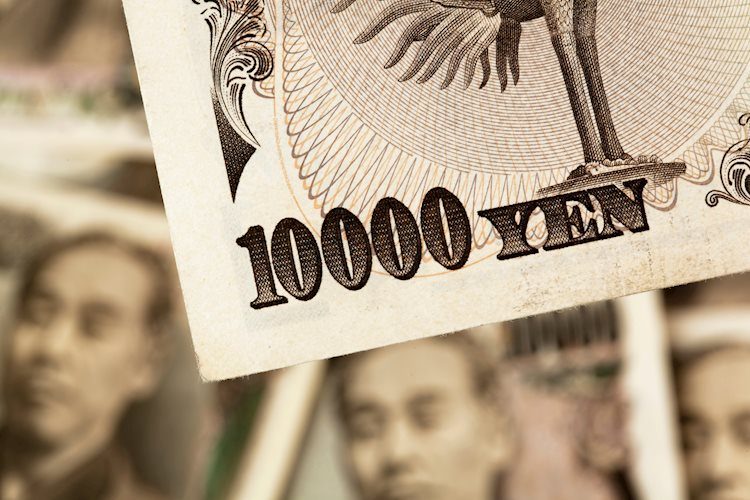The Japanese Yen is facing downward pressure against the US Dollar amid concerns that the Bank of Japan (BoJ) is not in a rush to raise interest rates. Following the BoJ’s policy decision, Governor Kazuo Ueda noted that Japan’s economy is experiencing moderate recovery, but underlying weakness persists. Japan’s Finance Minister Shunichi Suzuki expects the BoJ to implement appropriate monetary policy measures while maintaining close coordination with the government.
In addition, there are expectations for further rate cuts by the US Federal Reserve in 2024, which may weaken the USD/JPY pair. The CME FedWatch Tool indicates a 50% likelihood of a 75 basis point reduction by the end of the year, bringing the Fed’s rate to a range of 4.0-4.25%. This could lead to increased pressure on the Japanese Yen in the coming months.
The Jibun Bank Japan Composite Purchasing Managers Index (PMI) declined in September, although it still marks the eighth consecutive month of growth in private sector activity driven by the service sector. The S&P Global Composite PMI also grew at a slower rate in September, with the Manufacturing PMI indicating contraction while the Services PMI expanded more than expected. Minneapolis Fed President Neel Kashkari believes there will be additional interest rate cuts in 2024, with future cuts expected to be smaller than the September meeting.
On the technical analysis front, the USD/JPY pair is currently trading around 143.70 and moving within a descending channel on the daily chart. The 14-day Relative Strength Index (RSI) is just below the 50 level, confirming a bearish trend. The pair may test the nine-day EMA at 143.01, with a break below potentially leading to a move towards the 139.58 region. On the other hand, immediate resistance is seen at 144.30, with a breakout above possibly challenging the psychological barrier of 145.00.
The Japanese Yen, known for being one of the world’s most traded currencies, is influenced by various factors such as the performance of the Japanese economy, Bank of Japan policy, differential between Japanese and US bond yields, and risk sentiment among traders. The BoJ’s ultra-loose monetary policy has led to a depreciation of the Yen against its main currency peers, especially due to policy divergence with other central banks like the US Federal Reserve. The Yen is also considered a safe-haven investment, attracting investors during times of market stress.
In conclusion, the Japanese Yen may face challenges in the coming months as the BoJ continues its ultra-loose monetary policy stance and the US Federal Reserve considers further interest rate cuts. The performance of the Japanese economy, along with global market conditions, will play a significant role in determining the direction of the USD/JPY pair. Investors and traders should closely monitor key economic indicators and central bank decisions to assess the potential impact on the Japanese Yen’s value against other major currencies.






























